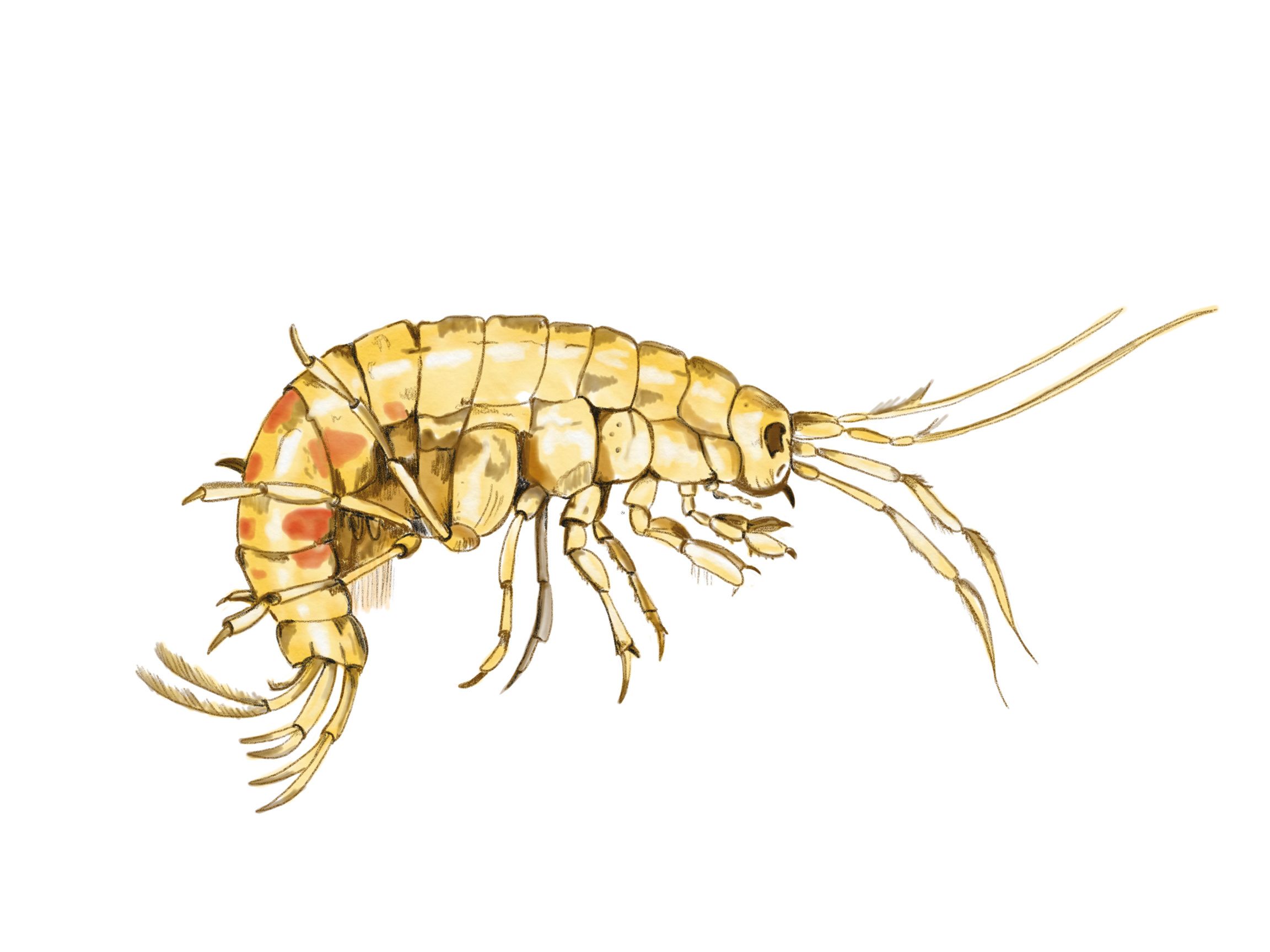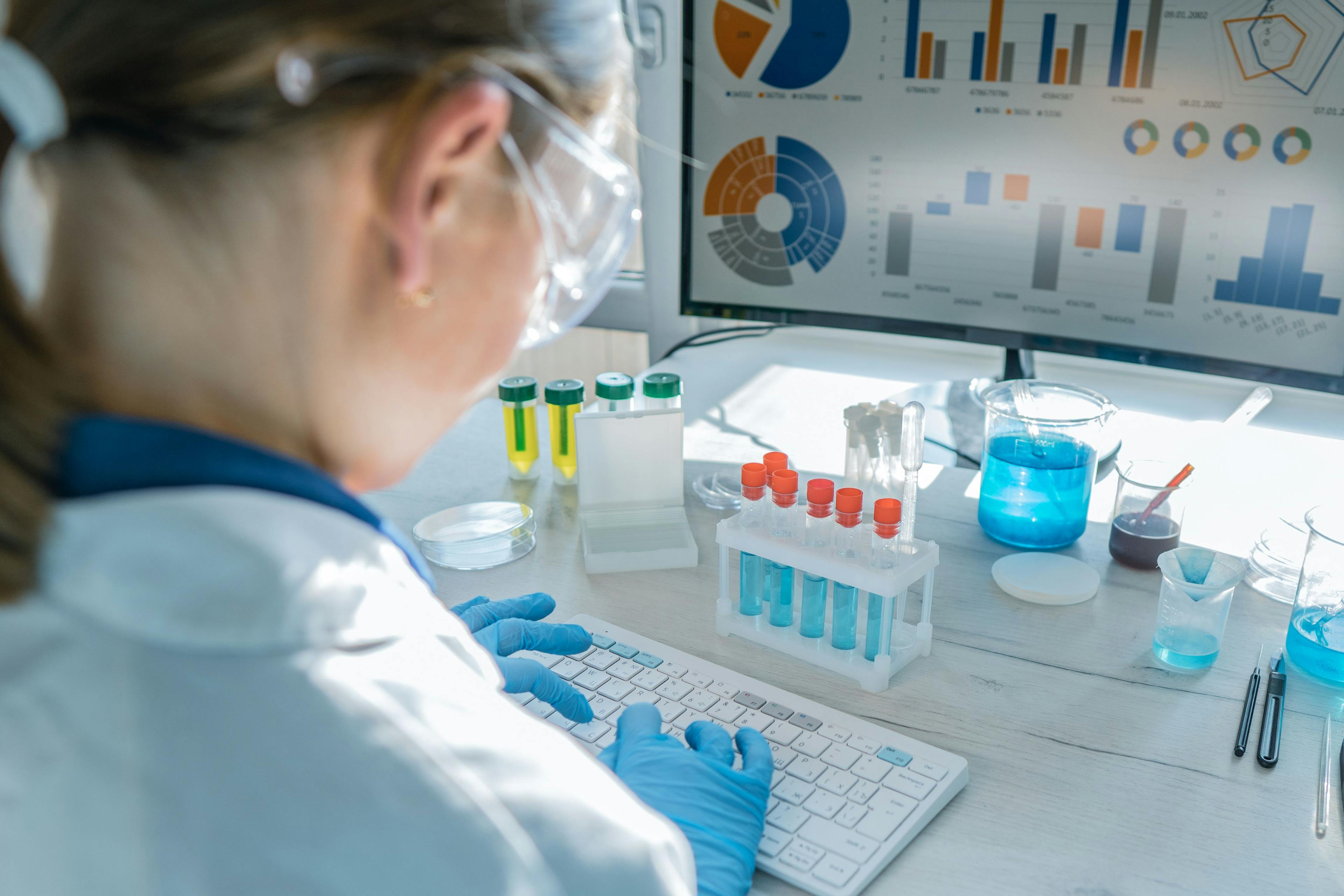Article Highlights
- The study demonstrates the potential of data-independent acquisition (DIA) coupled with advanced MS techniques to enhance omics research in lipidomics and metabolomics.
- The study applied DIA and the Zeno trap to analyze molecular changes in the freshwater amphipod Gammarus fossarum throughout its reproductive cycle, demonstrating accurate identification of significant biological features.
- DIA coupled with the Zeno trap significantly improves detection sensitivity, fragment intensity, and confident putative identifications compared to conventional methods.
A study from the University of Lyon demonstrates that data-independent acquisition (DIA) when combined with advanced mass spectrometry (MS) techniques could improve lipidomics and metabolomics analysis, according to a study published in Analytica Chimica Acta (1).
Lipidomics is a discipline that studies cellular lipids on a large scale, usually based off mass spectrometry (MS) tools and methodologies (2). It is a growing discipline in the biomedical space, thanks to advances in MS instrumentation (2). Metabolomics studies metabolites, which are small molecules, within cells and tissues of living organisms. Metabolomics aids in uncovering metabolic disruptions driving diseases, identifying novel therapeutic targets, and discovering biomarkers for disease diagnosis and therapeutic monitoring (3).
Because MS is essential for advancing omics research, researchers are interested in improving current MS technologies. In this recent study, lead author Sophie Ayciriex of the University of Lyon and her team demonstrated the potential of data-independent acquisition (DIA) coupled with advanced MS techniques for revolutionizing omics research (1).
DIA is a robust method in liquid chromatography coupled with high-resolution tandem MS (LC–MS/MS) (1). It is mostly known for its use in proteomics analysis. In this study, Ayciriex and her colleagues have demonstrated that DIA is more versatile and can be applied to other omics fields, such as metabolomics and lipidomics (1). By incorporating the Zeno trap and electron-activated dissociation (EAD), they enhanced detection sensitivity, reproducibility, and structural elucidation compared to conventional methods (1).
Ayciriex’s study examined the freshwater amphipod Gammarus fossarum, utilizing DIA and the Zeno trap to discern molecular changes throughout its reproductive cycle (1). Employing sophisticated multivariate data analysis techniques, including principal component analysis (PCA) and partial least square discriminant analysis (PLS-DA), they successfully identified significant biological features (1).
The study showed how EAD fragmentation integration was essential in identifying unknown features and confirming the structures of glycerophospholipids. Using the fragmentation spectra, the research team was able to predict accurately the structures of unidentified compounds (1). This process allowed them to compensate for database limitations.
Apart from biomedical applications, this study also has implications for environmental monitoring. By elucidating the molecular landscape of Gammarus fossarum, this methodology holds promise for identifying biomarkers indicative of environmental health (1).
Moreover, the study also highlights how DIA coupled with the Zeno trap improves detection compared to conventional methods. The Zeno pulsing effect significantly enhances detection sensitivity, leading to a more comprehensive molecular fingerprint (1). Notably, the researchers observed a substantial increase in fragment intensity and confident putative identifications, underscoring the methodology's efficacy in improving compound identification accuracy and reliability (1).
Ayciriex and her team's work shows the potential advanced LC–MS/MS techniques in omics research. By advancing the analytical capabilities of LC–MS/MS, they demonstrated how researchers in future studies can build on their study and explore new avenues for unraveling biological mysteries.
References
(1) Brunet, T. A.; Clement, Y.; Calabrese, V.; et al. Concomitant Investigation of Crustacean Amphipods Lipidome and Metabolome during the Molting Cycle by Zeno SWATH Data-independent Acquisition coupled with Electron Activated Dissociation and Machine Learning. Anal. Chimica Acta. 2024, 1304, 342533. DOI: 10.1016/j.aca.2024.342533
(2) Yang, K.; Han, X. Lipidomics: Techniques, Applications, and Outcomes Related to Biomedical Sciences. Trends Biochem. Sci. 2016, 41 (11), 954–969. DOI: 10.1016/j.tibs.2016.08.010
(3) Clish, C. B. Metabolomics: An Emerging But Powerful Tool for Precision Medicine. Cold Spring Harb Mol. Case Stud. 2015, 1 (1), a000588. DOI: 10.1101/mcs.a000588



















